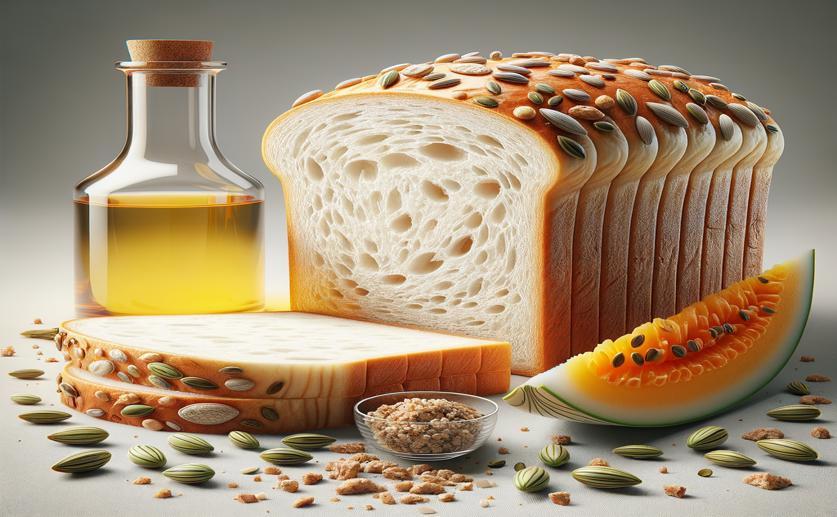
How Melon Seed Oil Cake Particle Size Affects Bread Quality
Jim Crocker
9th June, 2024

Image Source: Natural Science News, 2024
Key Findings
- The study from the University of Reading explored using melon seed oil cake (MSOC) as a wheat flour substitute in bread
- Bread with 3% MSOC had similar quality to control bread in terms of volume and hardness
- Fine MSOC particles resulted in lower bread volume and higher hardness compared to medium and coarse particles
References
Main Study
1) Impact of melon seed oil cake with different particle sizes on bread quality
Published 8th June, 2024
https://doi.org/10.1186/s43014-024-00225-9
Related Studies
2) Functional, rheological, microstructural and antioxidant properties of quinoa flour in dispersions as influenced by particle size.
3) Development of Bread Dough by Sheeting: Effects of Sheeting Regime, Bran Level and Bran Particle Size.
4) Addition of Amaranth Flour of Different Particle Sizes at Established Doses in Wheat Flour to Achieve a Nutritional Improved Wheat Bread.
5) Fruit and vegetable by-products as novel ingredients to improve the nutritional quality of baked goods.



 20th April, 2024 | Jim Crocker
20th April, 2024 | Jim Crocker